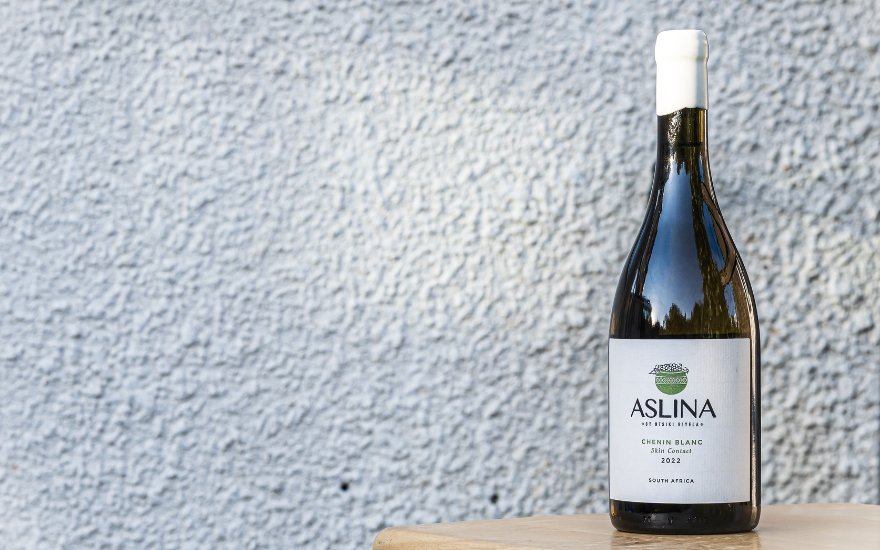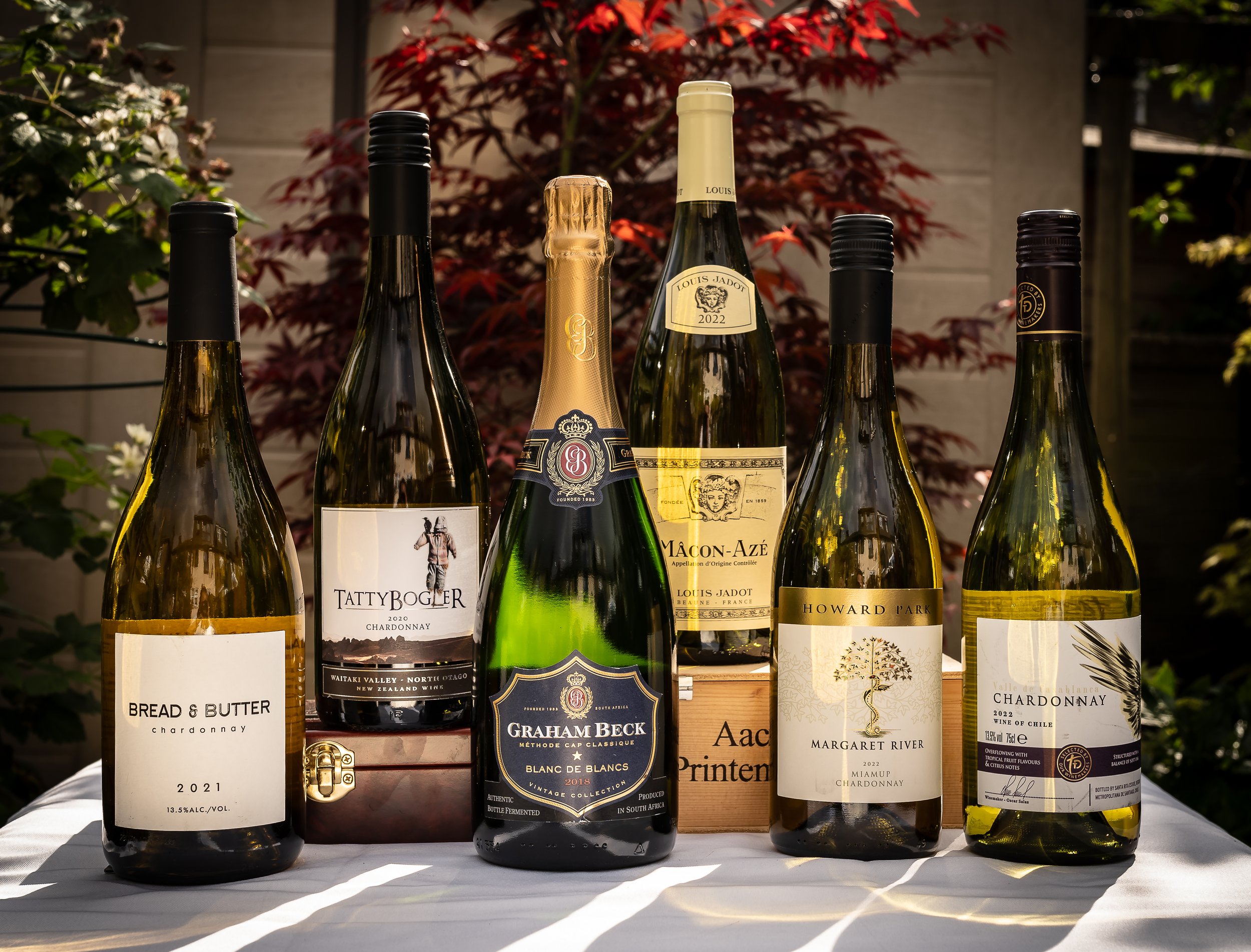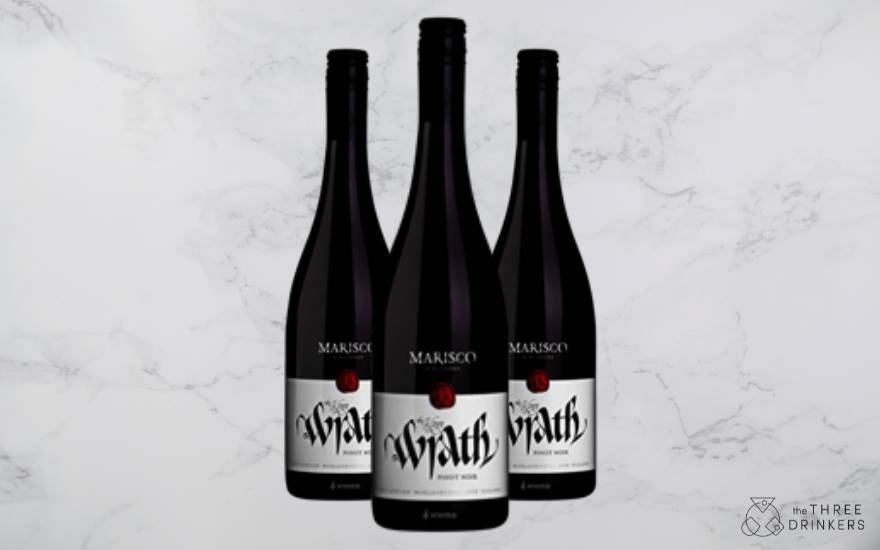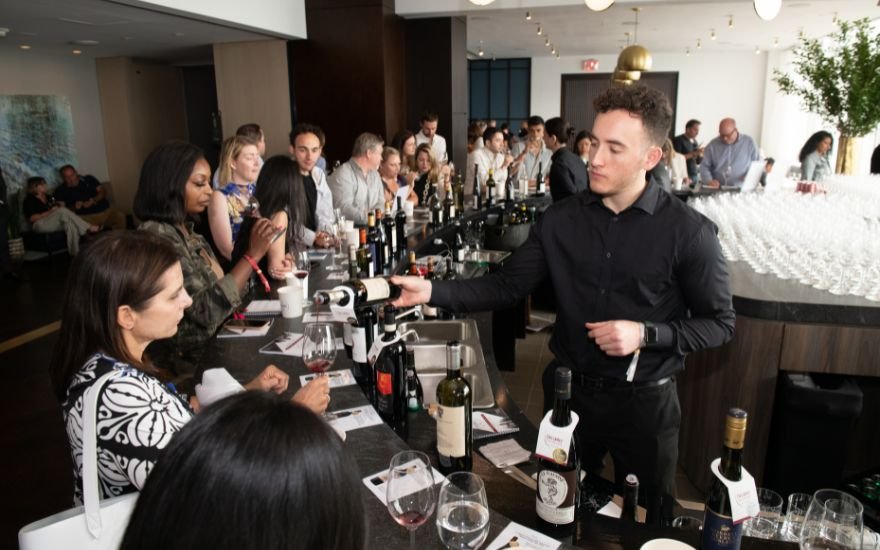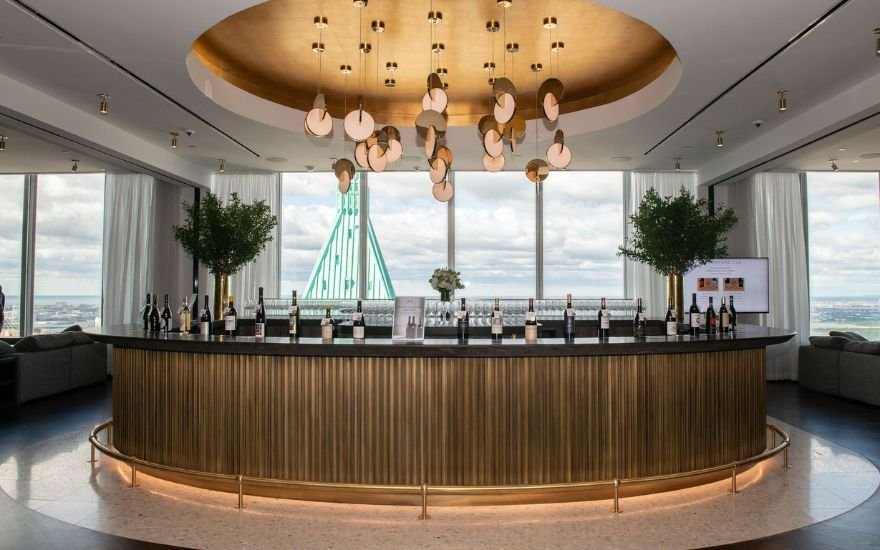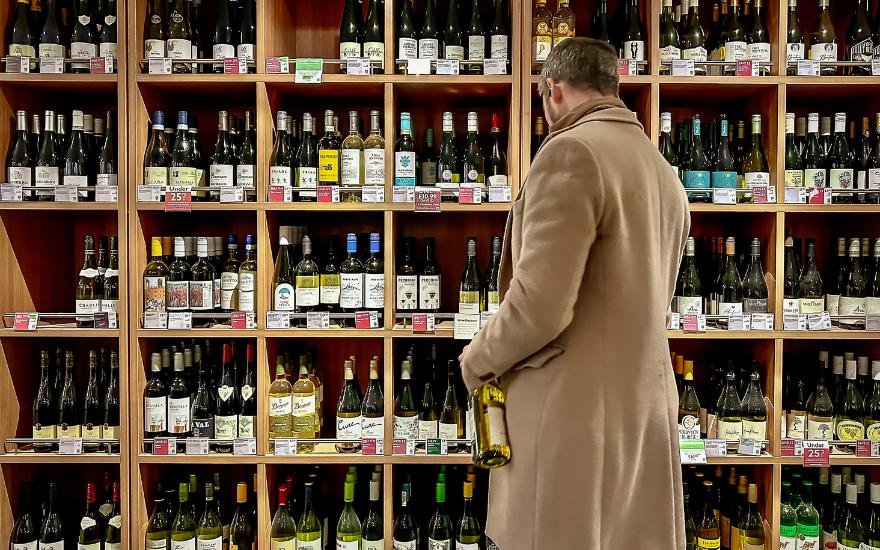We’re back with some Supermarket Wine Bargains for June, and they are superb this month at Waitrose. We’ve got four luscious reds and crisp whites, as well as couple of yummy Rosé suggestions too. Every bottle we’ve highlighted comes in for under £10, which is an absolute bargain considering the quality. See which takes your fancy and get stuck in before the deals run out on the 2nd July!
Waitrose Red Wines June 2024
Terre Di Faiano Primitivo Organic Puglia
Good old Terre di Faiano, always a go-to for value. This is their full-bodied organic Primitivo, hitting you with a seductive blackcurrant aroma from the off. Beyond that, it softens out with more luxurious dark fruits, oaky vanilla and a kiss of dark chocolate. So easy to love and even easier to drink.
Size: 750ml
ABV: 14%
Find here: £8.99 (usually £10.99)
Edmundo Malbec
Top notch Argentinian Mendoza Malbec here. It delivers everything you want and more – rich blackberry and plum flavour, tobacco and leather notes and a crack of earthy pepper to finish. Soft, easy-drinking and perfect alongside red meat.
Size: 750ml
ABV: 13.5%
Find here: £7.99 (usually £11.99)
Little Giant Coonawarra Cabernet Sauvignon
The shorter stumpy bottle stands out, and so does the garnet gem inside. It’s a full-flavoured taste of Australian Coonawarra. Blackcurrant, blackberry, cassis and spice brood away set amongst finer earthy tannins and 14.5% heat. Affordable quality and entertaining complexity.
Size: 750ml
ABV: 14.5%
Find here: £9.99 (usually £12.99)
Mucho Mas
£7 for this – yes please. Madrid-based and still family-owned despite their expansion, this is their red glugger. And red it is too, as you taste the first sip you can almost see the colour itself – ripe, jammy and bright, it bursts with berries, plums and darker fruits. A crack of pepper and soft vanilla round things off nicely.
Size: 750ml
ABV: 13.5%
Find here: £6.99 (usually £8.49)
Waitrose Rosé Wines June 2024
Esprit de Buganay Côtes de Provence Rosé
Cinsault, Syrah and Grenache combine for a Rosé that transports you to the Mediterranean, with a whirlwind of salinity, citrus and herbal notes. It brings a lot more texture and flavour than nearby Rosé, but maintains the characterful and elegant strawberries and peach.
Size: 750ml
ABV: 13%
Find here: £9.99 (usually £14.99)
Tread Softly Rosé
If you buy six of these bottles, Tread Softly plant a native tree, and you might end up buying six after trying your first. It’s sustainable with minimal preservatives and naturally lighter in alcohol. As a result, the flavour is more delicate with no overbearing sweetness and great refreshment. Imagine dry strawberries and cream with a waft of florality. Gorgeous bottle too.
Size: 750ml
ABV: 9.9%
Find here: £7.99 (usually £9.99)
Waitrose White Wines June 2024
Brancott Estate Sauvignon Blanc
Benchmark Marlborough Sauvignon in a few different supermarkets. It’s so reliable and delivers exactly what you’re looking for – the gooseberry nose, the tropical notes and the bright grapefruit zing. Zippy acidity slices through every elegant and well-rounded sip.
Size: 750ml
ABV: 12.5%
Find here: £8.49 (usually £10.49)
Pinot Gris Urmeer Löss
This is Kendermanns’ Pinot Gris from Rheinhesse which used to be covered by an ancient sea, so the soil is so fertile and rich minerals and water retention. This, combined with the relatively dry climate makes for a zingy expression leading with juicy pear but filling out with peach, lemon zest and subtle wet stone. Crisp, full and wonderfully light.
Size: 750ml
ABV: 13%
Find here: £7.49 (usually £9.49)
Zacharias Assyrtiko
This is a great little pick up. Hailing from Peloponnese in Greece, the Zacharias estate make the most of Greek’s noble white grape – Assyrtiko. It’s got a lot more depth than similar creations, but retains accessible fruit-forward flavour. Orchard fruits are plentiful, the streak of saline minerality is welcome, and it’s a tremendous introduction to the grape.
Size: 750ml
ABV: 14%
Find here: £9.99 (usually £12.99)
Paul Mas Réserve Languedoc Blanc
From the prestigious Jean-Claude Mas vineyards in Languedoc comes this rich and fragrant beauty. The ever so slightly oily mouthfeel carries juicy peach which counters the vivid lemon nicely. Mineral depths and orchard fruits bring everything together for the total package. Try it!
Size: 750ml
ABV: 13%
Find here: £7.99 (usually £9.99)
Other Great Discounts Worth Checking Out:
RED WINE:
Villa Cafaggio Chianti Classico – Was £14.99 Now £10.99
Catena Malbec – Was £13.99 Now £11.99
The Hedonist Shiraz – Was £10.50 Now £8
Château Musar Aana Cinsault Grenache & Cabernet Sauvignon – Was £17.99 Now £13.99
Brazin Old Vine Zinfandel – Was £22.99 Now £17.24
WHITE WINE:
The Ned Sauvignon Blanc Marlborough, New Zealand – Was £11.99 Now £8.99
Villa Maria Reserve Sauvignon Blanc – Was £14.99 Now £11.99
Berthier Coteaux du Giennois Sauvignon Blanc – Was £13.99 Now £10.99
ROSÉ WINE:
Whispering Angel Provence Rose – Was £11.49 Now £9.49
Alaina Rosé – Was £12.99 Now £9.49
If you shop elsewhere then not to worry, check our website for our other up to date Supermarket Bargains!


















